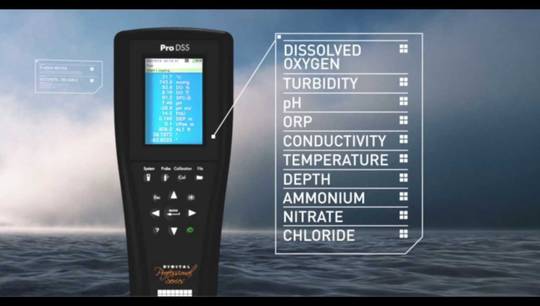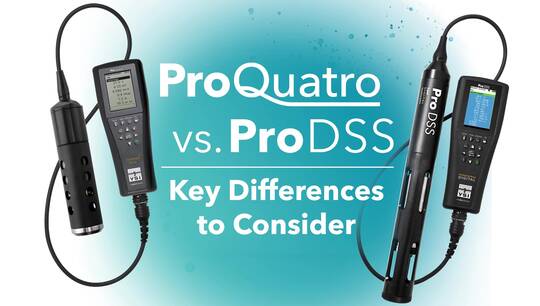Why Monitor for Dissolved Oxygen
Why do we monitor for dissolved oxygen in water?
Let’s talk
about why people monitor for dissolved oxygen.
Most aquatic
organisms require dissolved oxygen in order to survive, but what exactly is it?
Dissolved oxygen, or DO, is just like the oxygen humans use to breathe, but has
been dissolved in water. Unlike the bonded molecules of H20, DO refers to the
free oxygen that is present in water or other liquids.
Oxygen can
enter the water in several ways, such as from the atmosphere, aeration, or
photosynthesis. Once dissolved in water, oxygen is available for use by living
organisms and can play a large role in many chemical processes in the
environment.
In general,
a body of water will trend toward 100% air saturation – achieving equilibrium
with the atmosphere. This is key to a healthy system, however different events
can greatly affect levels of dissolved oxygen.
Supersaturation
happens when DO increases above 100%. This type of imbalance is common during peak growth phases of algal blooms where more oxygen is being generated than can be consumed. Turbulent conditions can also lead to supersaturation if more air gets mixed into the water.
Hypoxia
occurs when DO decreases to a level that can no longer support aquatic life. As
algal blooms fade and die, more oxygen can be consumed and DO levels will drop.
Rapid increases in temperature, such as thermal pollution, can also cause
hypoxia. As temperature increases, the level of DO in water decreases. Salty
runoff can also result in a fish kill DO levels will decrease as salinity
increases.
So why do we
monitor for dissolved oxygen? A scientist interested in surface water would
view it as a direct indicator of a water body’s ability to support aquatic
life. A scientist studying ground water could use DO to help determine when
stable conditions are met during purging or to regulate the analysis of metals
or volatile compounds. A treatment plant operator would be concerned with DO
levels for the microbes used to transform wastewater into harmless end
products. And of course the public will be concerned about the health of fish
and other aquatic species swimming in their local waters.
You can learn more at YSI.com/how-sensors-work







